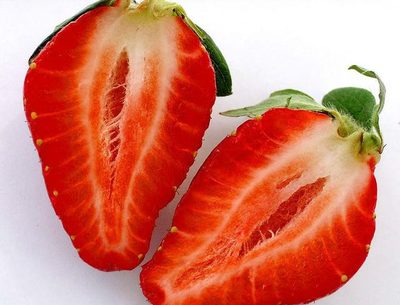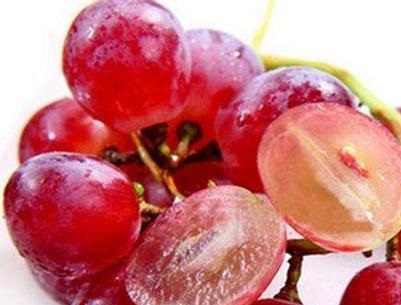In recent years, there have been more and more out of season fruits, and just in early spring, fresh strawberries and peaches will appear on the market. How do these fruits ripen out of season? Previously, people would have thought that this was a fruit grown in a greenhouse. However, with the continuous exposure of hollow strawberries, seedless grapes, and deformed watermelons in recent years, people have begun to doubt whether these seemingly large and fresh out of season fruits are really delicious? Are they really safe?
The appearance of these strange shaped fruits immediately attracted people’s attention. Hormones have also entered people’s vision.Some people, in order to shorten the growth cycle of plants and achieve greater profits, use hormones on many out of season fruits and vegetables to achieve rapid ripening. That’s why some fruits look good but taste very bad.
The behavior of unscrupulous merchants adding hormones to vegetables and fruits has made many people dislike hormones, and unlucky plant growth regulator is also disliked by people due to its similar effects to hormones. So what exactly is plant growth regulator? Is it related to hormones? What kind of relationship does it have? Next, let’s talk about what plant growth regulator is and what is its functions?
Plant growth regulator is synthetic (or natural extracted from microorganisms) organic compounds with growth and development regulation similar to natural Plant hormone. It is a synthetic substance that is used in agricultural production after people understand the structure and action mechanism of natural plant hormone, so as to effectively regulate the growth process of crops, achieve the purpose of stabilizing yield and increasing yield, improving quality, and enhancing crop resistance. Common plant growth regulators include DA-6, Forchlorfenuron, sodium nitrite, brassinol, gibberellin, etc.
Plant growth regulators have many uses and vary between the variety and the target plant. for instance:
Control germination and dormancy; promote rooting; promote cell elongation and division; control lateral bud or tillering;Control plant type (short and strong lodging prevention); control flowering or male and female sex, induce childless fruit;Open flowers and fruit, control fruit falling; control the shape or ripening period of fruit; enhance stress resistance (disease resistance, drought resistance, salt resistance and freezing resistance); Enhance the ability to absorb fertilizer; increase sugar or change acidity; improve flavor and color; Promote the secretion of latex or resin; defoliation or estimation (facilitate mechanical harvesting); preservation, etc.
According to the Regulations on the Administration of Pesticides, plant growth regulators belong to the category of pesticide management, and the pesticide registration and management system shall be implemented in accordance with the law. All plant growth regulators produced, sold and used in China must be registered as pesticides. When we use plant growth regulators, we should use them in strict accordance with the instructions and take good protective measures to prevent the safety of people, livestock and drinking water.
Post time: Jun-08-2023





